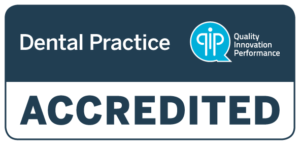These days we are more aware of what we eat and drink and what we feed our children. We are more conscious about eating healthy, natural and nutritious foods and we have cut down on sugary soft drinks and replaced them with sugar free or “diet” drinks and healthy fruit juices and drinks. However, some of the healthiest foods for the body have a low pH i.e. are acidic.
Tooth erosion is now the most common chronic disease of children’s teeth ranging from 5 to 17 year olds, but it can affect any age group.
A recent study of Australian children showed that 75% of children had erosion of at least one baby tooth and 25% of children already had erosion affecting their adult teeth. These days, Australian children can expect to keep their adult teeth for life, but with the impact of dental erosion they may be doing so with the associated discomfort of dental erosion and continuous restorative dental treatment.
Dental erosion is the direct dissolution or “washing away” of the protective enamel layer (and as the disease progresses the sensitive dentine layer) that occurs from being exposed to acids in our diet or from our own body. Dry mouth (reduced saliva flow) can increase the risk of tooth erosion and acid reflux can also cause tooth erosion but unfortunately the major culprit is diet. Have you ever wondered why your teeth feel strange after eating acidic fruit like pineapple or an orange? This is the feeling of tooth enamel that has been softened by acid! In severe cases of erosion, where it has been left untreated or unmanaged, the teeth can be effectively “washed away” leading to sensitivity or pain, root canal treatment or even extraction.
Some of the “healthiest” food for the body have a pH level that can cause erosion for example citrus fruits and fruit juices, salad dressings, sports gels/drinks. It is surprising to learn the pH level of common drinks. Some of these acids are “hidden” in the form of food acids 300, 331 and 338 so it is always a good idea to check the ingredients label…
| Drink | pH Level | Drink | pH Level |
| Water | 7.0 | Orange juice | 3.6 |
| Milk | 6.8 | Herbal (fruit) tea | 3.0 |
| Tea | 6.8 | Vitamin Waters | 3.0 |
| Coffee | 5.6 | Diet Coke | 3.0 |
| Flat Mineral Water | 5.1 | Sprite and Fanta | 2.7 |
| Beer and Wine | 2.4-4.4 | Coke and Pepsi | 2.3 |
| Sparkling mineral water | 3.9 | Lemon Juice | 2.0 |
We are not suggesting you should stop eating naturally acidic foods. Your body (incuding your gums) need the nutrients found in these types of foods and drinks. However, be smart with your choices. It is the frequency of consumption and when they are consumed that is most important. Here’s what you can do to limit the time your teeth are exposed to acidic foods and drinks and to minimise the affect:
- Eat acidic foods and drinks as part of a meal, not a snack, which will limit the exposure time
- Is this food or drink nutritious? Should it be eaten or drunk regularly or should it be a treat only?
- Try low-acid fruit juices or drinks fortified by calcium.
- Be aware of food acids 330, 331 and 338 in the ingredients label
- Drink acidic drinks through a straw (avoid sipping/swishing) and they will have less impact if drunk cold than if drunk at room temperature
- Drink water immediately after you eat or drink something acidic to neturalise the acids
- Chew sugarfree gum immediately afterwards to stimulate saliva and therefore neutralise the acids
- Avoid brushing your teeth 30 minutes or so after. This will prevent toothbrush abrasion of the “softened” tooth enamel.
- Brush twice daily with fluoridated toothpaste and a soft toothbrush. Avoid whitening toothpastes as they are highly abrasive.
- Ask your dentist or hygienist if you would benefit from additional fluoride treatment (e.g. fluoride rinses or toothpastes especially formulated for acidic diets)
- Visit your dentist for regular checkups so that signs of erosion can be detected and managed early.



